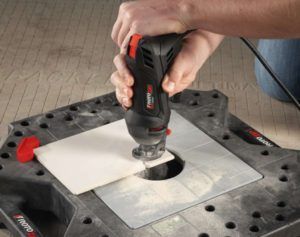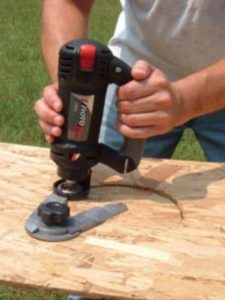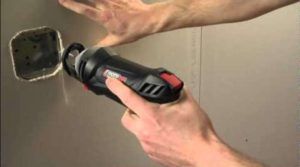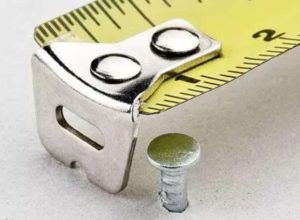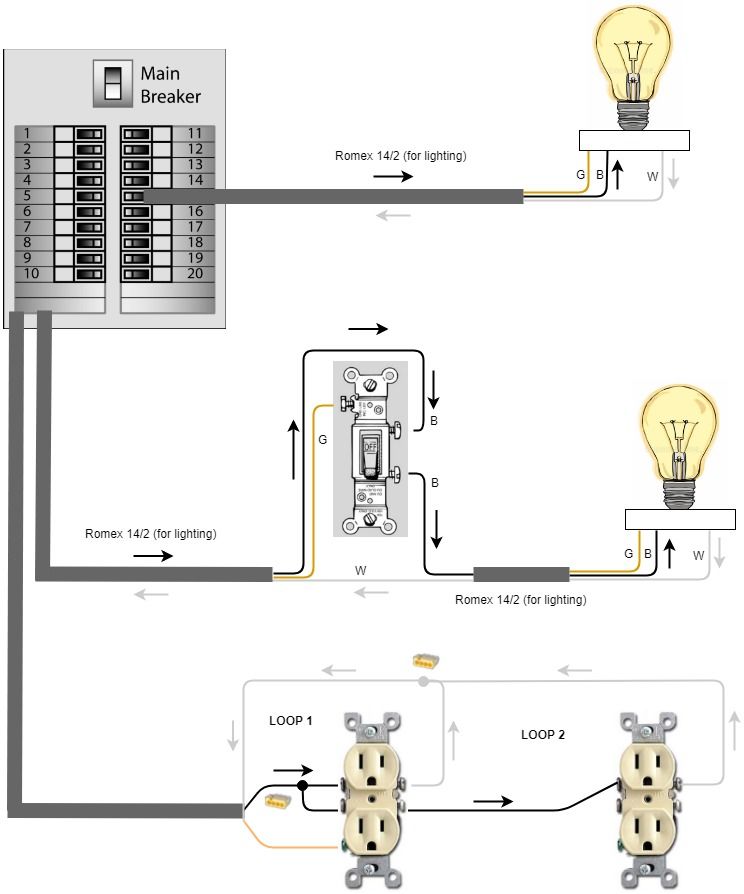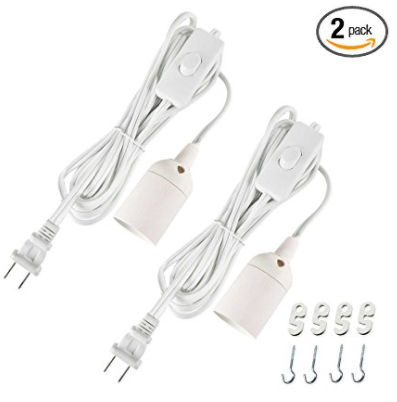There will always come a time when you wish the noise outside your room in your home could go away and that the sound that you are making, e.g. from playing music to watching a movie, could not be heard by people in other rooms. There is a unit of measure called STC (Sound Transmission Control) that indicates how much of a sound can penetrate a wall. According to Wikipedia, here are common levels.
| STC | What can be heard |
|---|---|
| 25 | Normal speech can be understood quite easily and distinctly through wall |
| 30 | Loud speech can be understood fairly well, normal speech heard but not understood |
| 35 | Loud speech audible but not intelligible |
| 40 | Onset of “privacy” |
| 42 | Loud speech audible as a murmur |
| 45 | Loud speech not audible; 90% of statistical population not annoyed |
| 50 | Very loud sounds such as musical instruments or a stereo can be faintly heard; 99% of population not annoyed. |
| 60+ | Good soundproofing; most sounds do not disturb neighbouring residents. |
and here are different STC values by partition (wall) type.
| STC | Partition type |
|---|---|
| 27 | Single pane glass window (typical value) (Dual pane glass window range is 26-32) |
| 33 | Single layer of 1/2″ drywall on each side, wood studs, no insulation (typical interior wall) |
| 39 | Single layer of 1/2″ drywall on each side, wood studs, fiberglass insulation |
| 44 | 4″ Hollow CMU (Concrete Masonry Unit) |
| 45 | Double layer of 1/2″ drywall on each side, wood studs, batt insulation in wall |
| 46 | Single layer of 1/2″ drywall, glued to 6″ lightweight concrete block wall, painted both sides |
| 46 | 6″ Hollow CMU (Concrete Masonry Unit) |
| 48 | 8″ Hollow CMU (Concrete Masonry Unit) |
| 50 | 10″ Hollow CMU (Concrete Masonry Unit) |
| 52 | 8″ Hollow CMU (Concrete Masonry Unit) with 2″ Z-Bars and 1/2″ Drywall on each side |
| 54 | Single layer of 1/2″ drywall, glued to 8″ dense concrete block wall, painted both sides |
| 54 | 8″ Hollow CMU (Concrete Masonry Unit) with 1 1/2″ Wood Furring, 1 1/2″ Fiberglass Insulation and 1/2″ Drywall on each side |
| 55 | Double layer of 1/2″ drywall on each side, on staggered wood stud wall, batt insulation in wall |
| 59 | Double layer of 1/2″ drywall on each side, on wood stud wall, resilient channels on one side, batt insulation |
| 63 | Double layer of 1/2″ drywall on each side, on double wood/metal stud walls (spaced 1″ apart), double batt insulation |
| 64 | 8″ Hollow CMU (Concrete Masonry Unit) with 3″ Steel Studs, Fiberglass Insulation and 1/2″ Drywall on each side |
| 72 | 8″ concrete block wall, painted, with 1/2″ drywall on independent steel stud walls, each side, insulation in cavities |
Note that a typical interior wall has an STC value of 33.
Some options for increasing the STC value in your walls:
- National Gypsum makes a board called “SoundBreak XP Retrofit” which you place over your existing standard drywall. This increased the STC value from 33 to 36.
- Adding fiberglass insulation in your wall increase the STC value from 33 to 39.
- Adding another layer of 1/2″ drywall to your existing 1/2″ drywall and adding batt (pre-cut fiberglass) insulation between the studs will increase the STC value from 33 to 45.
- For doors, try placing a soundproof curtain in front of it along with a door gasket / sweep and automatic door bottom or a draft stopper



